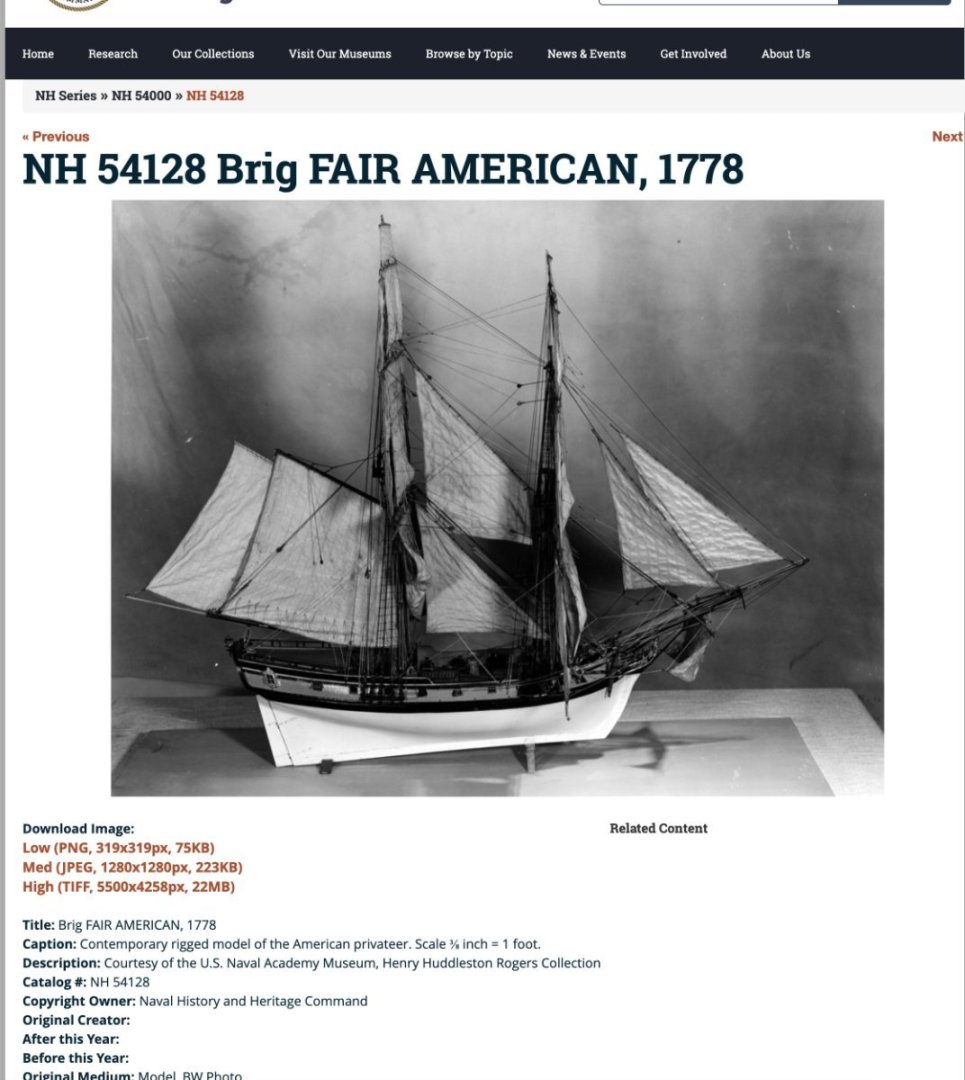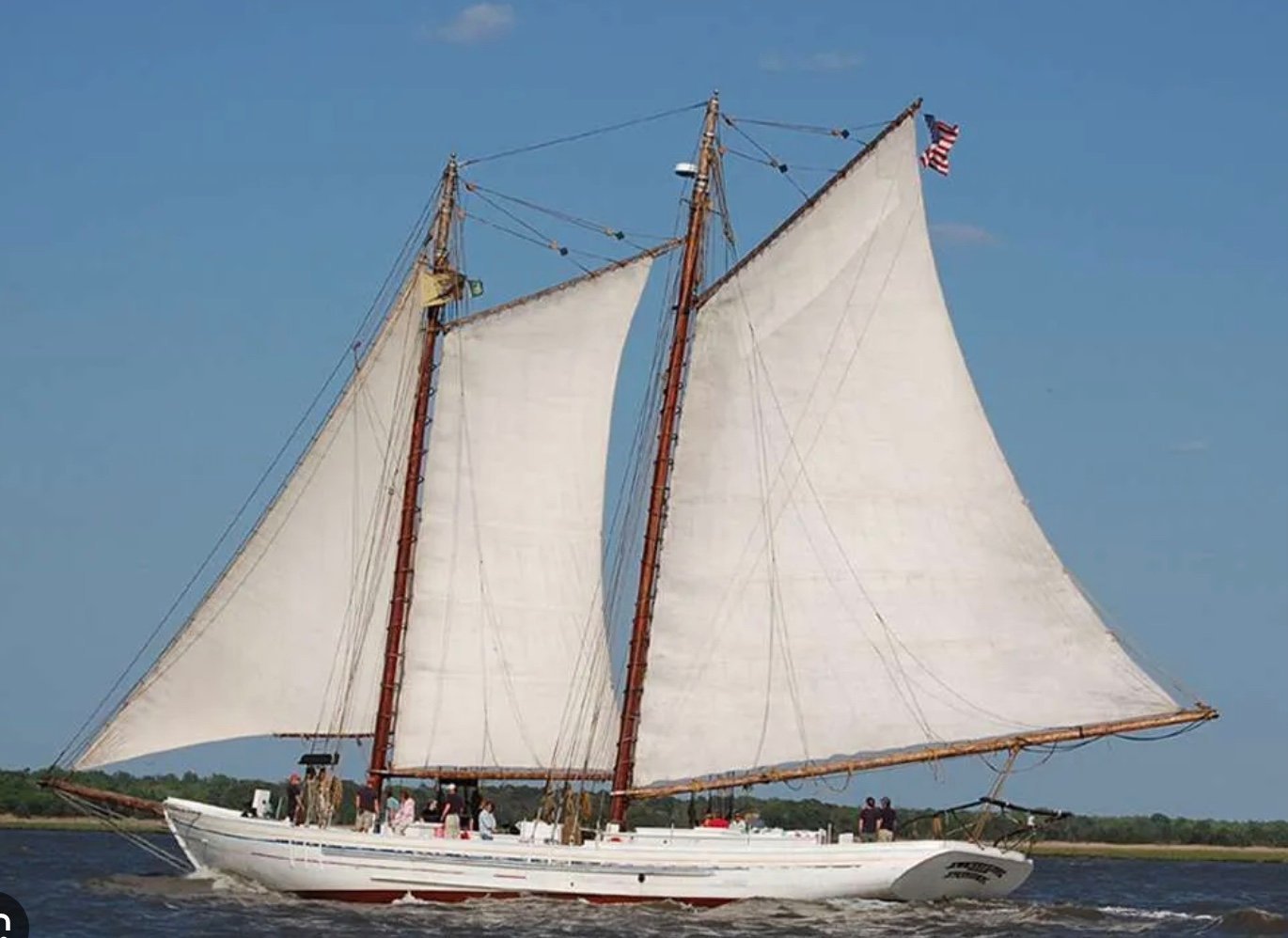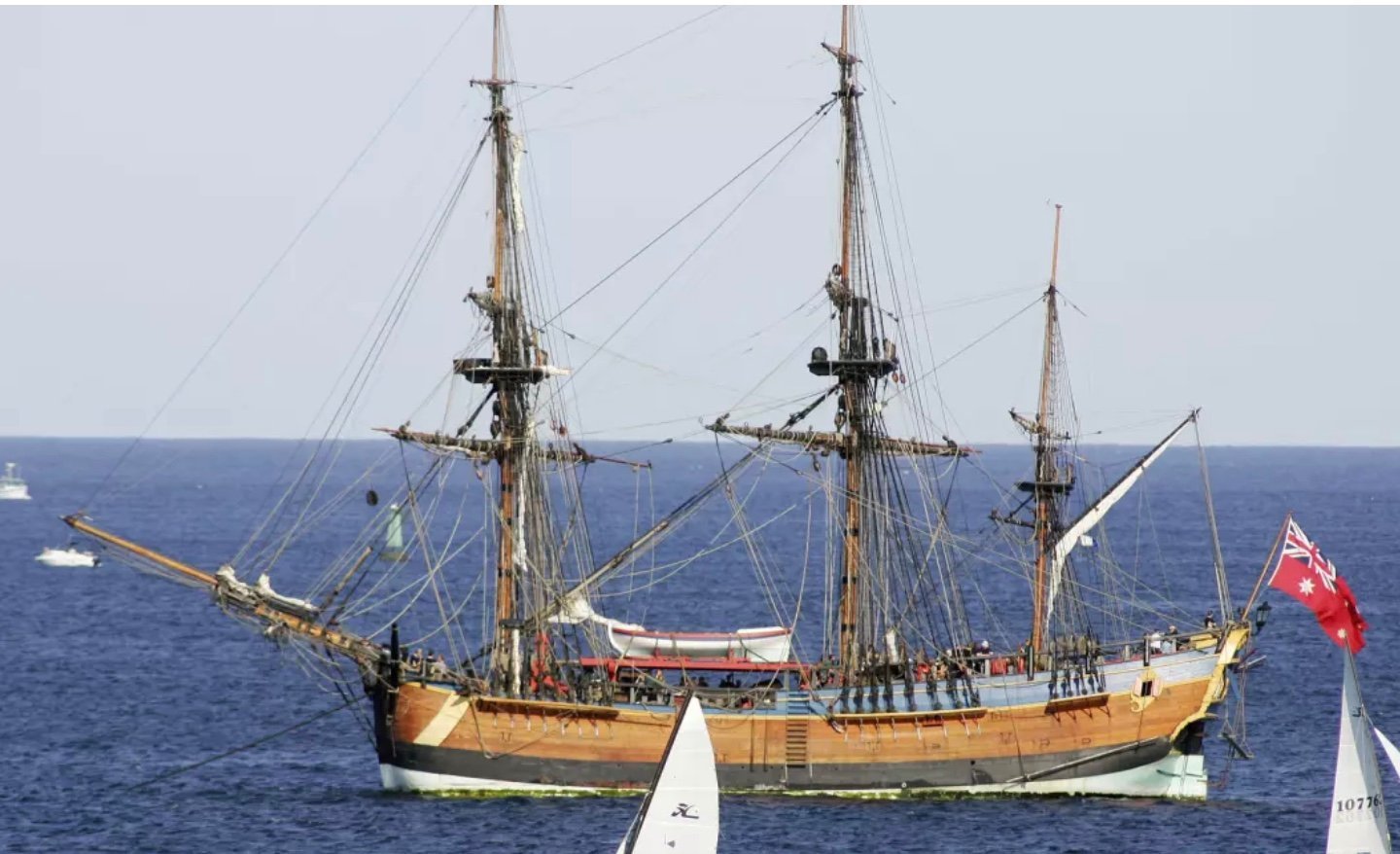-
Posts
841 -
Joined
-
Last visited
-
 AJohnson reacted to a post in a topic:
HMS Convulsion paint scheme
AJohnson reacted to a post in a topic:
HMS Convulsion paint scheme
-
 Keith Black reacted to a post in a topic:
Tiny Spar on 17th Century English Yacht
Keith Black reacted to a post in a topic:
Tiny Spar on 17th Century English Yacht
-
 Canute reacted to a post in a topic:
Seawatch Books Question
Canute reacted to a post in a topic:
Seawatch Books Question
-
 mtaylor reacted to a post in a topic:
Seawatch Books Question
mtaylor reacted to a post in a topic:
Seawatch Books Question
-
 Mark P reacted to a post in a topic:
Seawatch Books Question
Mark P reacted to a post in a topic:
Seawatch Books Question
-

USS Iowa BB-61: Anybody knows the structure midship?
michaelpsutton2 replied to JackSix's topic in Nautical/Naval History
Near as I can see they are similar to the practice loader for the 5" gun on the USS Kidd here in Baton Rouge -
thanks guys
-

Tiny Spar on 17th Century English Yacht
michaelpsutton2 replied to catopower's topic in Masting, rigging and sails
I have seen a number mostly dutch vessels with these. It obviously spreads the strain across a broader area at the head of the sail. A small spar like that can be found on the clue of some Grand Banks fishing schooners on foresails that were sometimes called jumbos. The A J Meerwald pictured here has a club footed jumbo -
At what point did the Royal Navy begin to paint the sides with yellow ochre as opposed to the "paid" pitch and varnish? I realize there was an overlap.
-
 michaelpsutton2 reacted to a post in a topic:
The Gale 1752
michaelpsutton2 reacted to a post in a topic:
The Gale 1752
-
That painting looks amazingly like the Endeavour ex Earl of Pembroke 1764 of Cap'n Cook fame. Right down to the 3 ports in her side, shroud arrangement and knee gammon head. Rig generally matches Endeavor as well. Endeavor was smaller 97 x 29 x 11. The ship shownin your painting could only have mounted a few light caliber guns at most, certqinly not 18. I would be careful relying on that pic being accurate. Earl of Pembroke 1764
-

Pandora 1831 Brigantine Rigging and Masting
michaelpsutton2 replied to michaelpsutton2's topic in Masting, rigging and sails
I presume this sail plan, and so many others show the square sails full width, shoulder to shoulder on the yards, where as in actual real world practice the sheet blocks would be seized on the shoulders and therefore the sails themselves could only be stretched a little less than the full width. To state it differently... the sail plan does not allow for the blocks. These are the kinds of thoughts that trouble me late at night when the house is quiet and I am hesitating to make an indelible mark in exactly the wrong place -
I am currently working on a portrait of the brigantine Pandora of 1831 as shown in paintings as a packet. Two questions: 1.) How is the fore gaff hung? Jaws around the mast similar to the main or some kind of swivel like spencer gaffs? Not sure it would even show at 12'/inch. 2..) the sail plan shows the main topmast staysail on it's own stay. Might this sail have been set "flying"? The red numbers on the sail plan are my own additions to remind me of the size drafting curves I used for those particular lines.
-
I would love to see the Kearsarge plans! How did you get them?
-
 michaelpsutton2 reacted to a post in a topic:
Brig Le FAVORI 1806 by KORTES - 1:55
michaelpsutton2 reacted to a post in a topic:
Brig Le FAVORI 1806 by KORTES - 1:55
-
 michaelpsutton2 reacted to a post in a topic:
Ship paintings
michaelpsutton2 reacted to a post in a topic:
Ship paintings
-
 michaelpsutton2 reacted to a post in a topic:
Ship paintings
michaelpsutton2 reacted to a post in a topic:
Ship paintings
-
 michaelpsutton2 reacted to a post in a topic:
Ship paintings
michaelpsutton2 reacted to a post in a topic:
Ship paintings
-
 michaelpsutton2 reacted to a post in a topic:
Flying Fish by Rick310 - Model Shipways - 1/96
michaelpsutton2 reacted to a post in a topic:
Flying Fish by Rick310 - Model Shipways - 1/96
-
 michaelpsutton2 reacted to a post in a topic:
Harriet McGregor by Boccherini
michaelpsutton2 reacted to a post in a topic:
Harriet McGregor by Boccherini
-
I had always hoped as well for a follow on volume to include up to the end of the Napoleonic period as well. This is obviously the moment for someone to step up[ in collaboration with the esteemed Mr McLaughlin and the new proprietors of Sea Watch Books. One wonders if a more general reference work might find a larger readership than a work on a single vessel. I swear with Bob as my witless if I were a younger, smarter, more affluent man, and lived within drinking distance of the NMM, I would at least pretend to try it myself.
-
Deciding on the arrangements of the cloths linings, reef bands, gussets, et al is a major head scratcher on my drawings. I will oft as not, make a separate drawing for each sail before attempting to do it on the final piece. Unlike you model guys I cannot make a new piece. Very little is correctable. Prior planning can be a worthwhile investment of you time.
About us
Modelshipworld - Advancing Ship Modeling through Research
SSL Secured
Your security is important for us so this Website is SSL-Secured
NRG Mailing Address
Nautical Research Guild
237 South Lincoln Street
Westmont IL, 60559-1917
Model Ship World ® and the MSW logo are Registered Trademarks, and belong to the Nautical Research Guild (United States Patent and Trademark Office: No. 6,929,264 & No. 6,929,274, registered Dec. 20, 2022)
Helpful Links
About the NRG
If you enjoy building ship models that are historically accurate as well as beautiful, then The Nautical Research Guild (NRG) is just right for you.
The Guild is a non-profit educational organization whose mission is to “Advance Ship Modeling Through Research”. We provide support to our members in their efforts to raise the quality of their model ships.
The Nautical Research Guild has published our world-renowned quarterly magazine, The Nautical Research Journal, since 1955. The pages of the Journal are full of articles by accomplished ship modelers who show you how they create those exquisite details on their models, and by maritime historians who show you the correct details to build. The Journal is available in both print and digital editions. Go to the NRG web site (www.thenrg.org) to download a complimentary digital copy of the Journal. The NRG also publishes plan sets, books and compilations of back issues of the Journal and the former Ships in Scale and Model Ship Builder magazines.












sheer.jpg.8f10b460e41ad2f7595dbbb14fc59c1b.jpg)
sailplan-2copy.thumb.jpg.69ab97f0f3ac514666f5f01168531698.jpg)